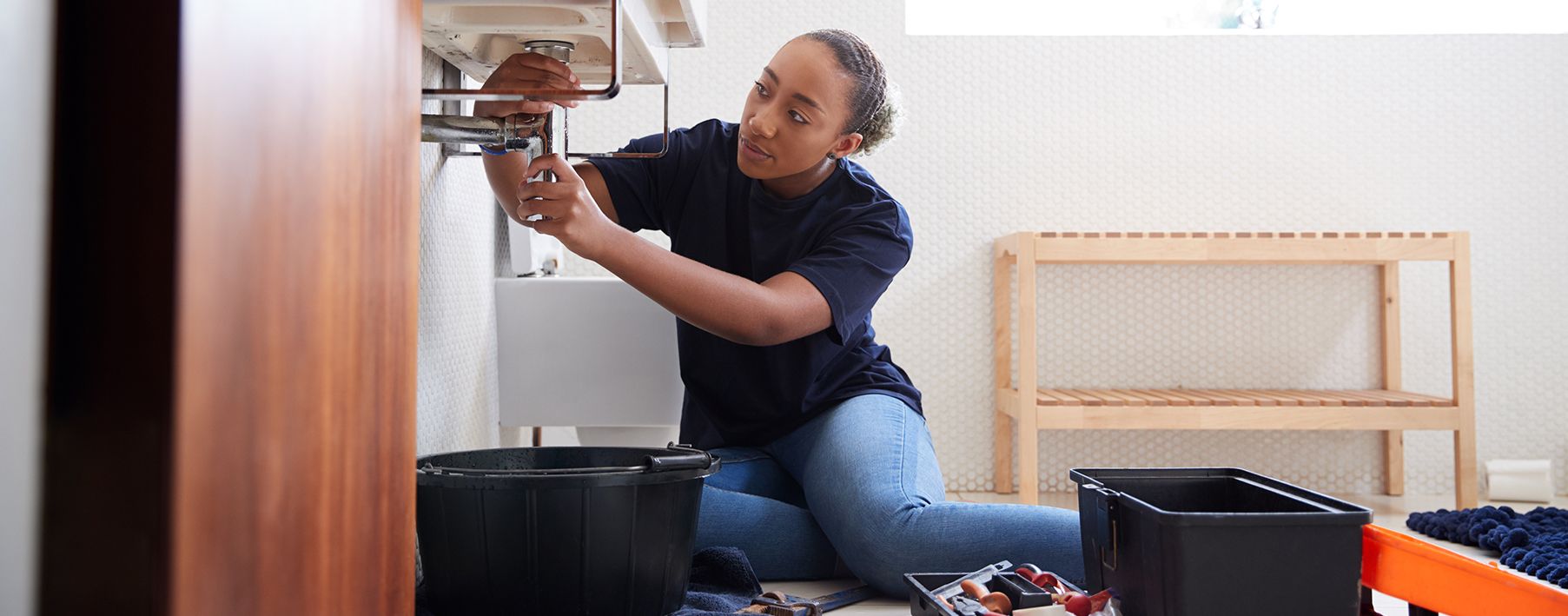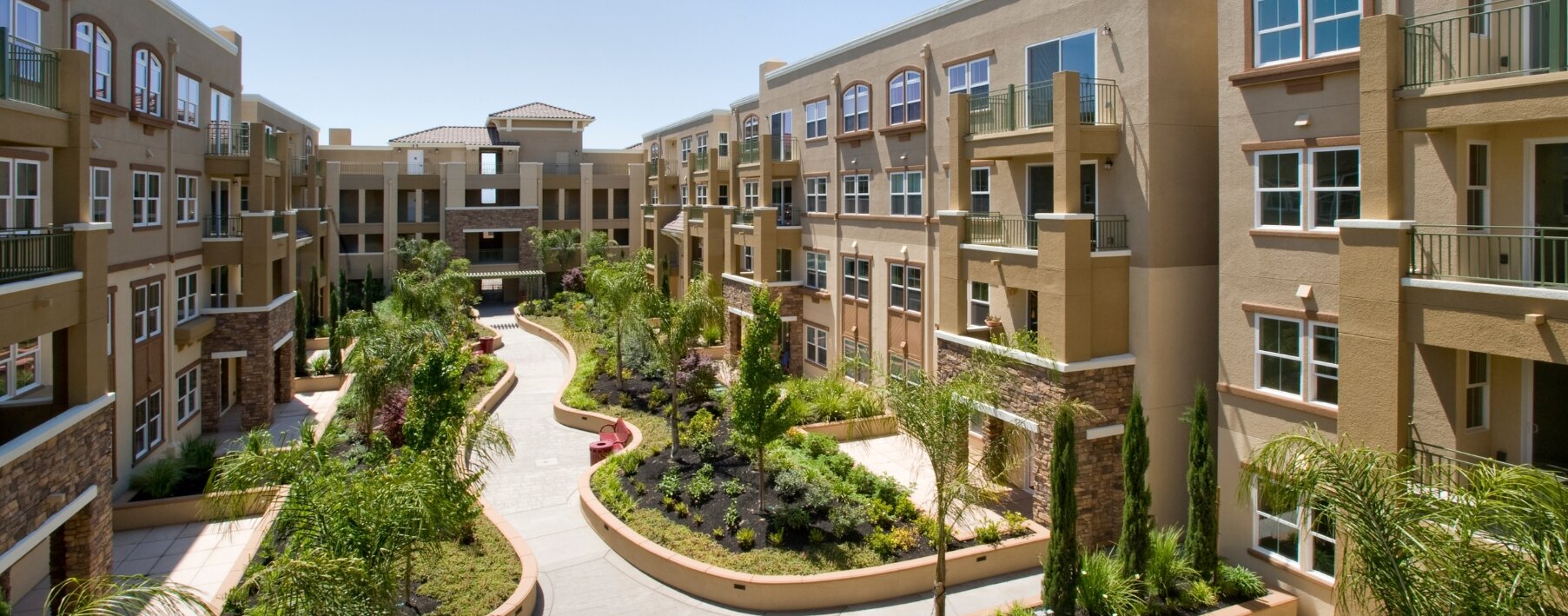Navigating Water Backup Coverage [Insurance Savvy]

As a homeowner, you know how damaging water can be to your property. This is especially true if water unexpectedly backs up into your house through a sewer or drain or overflows from a sump, sump pump, or other related equipment and damages your flooring, walls, or belongings.
Many home insurance policies exclude damage related to water backups, even if you took the extra step to purchase flood insurance coverage for your property. Instead of footing the bill for these damages and the related cleanup, water backup coverage can offer you the extended protection you need.
Read on to learn more if you’re wondering what water backup coverage is or want to know what it protects against and how to buy it the next time you purchase or renew a home insurance policy.
Key takeaways
-
Though flood coverage is common, many home insurance policies exclude damage related to water backups.
-
Water backups can result from clogged sewer lines and drains, overflowing sump pumps, and faulty home appliances.
-
Many carriers offer water backup coverage as an optional endorsement, with its own coverage limit and, often, deductible.
-
Water backup coverage can help pay for water removal and cleanup, repair of home structures, and the repair or replacement of damaged belongings.
What is water backup and sump overflow coverage?
Water backup and sump overflow coverage are optional protections that many insurance companies allow you to add onto certain types of homeowners insurance. Typically offered as a rider (or endorsement), this coverage helps cover the expenses related to accidental water overflow from plumbing lines, sumps and sump pumps, sewer lines, clogged drains, and even faulty appliances.
Water backup and sump coverage differs from other types of water intrusion-related coverage, such as flood insurance. While flood coverage may also be an important addition for best protecting your property, it won’t cover damages related to plumbing and drainage system malfunctions.
What does water backup insurance cover?
Water backup insurance coverage includes water removal and cleanup, as well as construction materials, labor, and replacement costs for any items or structures damaged by the accidental overflow.
Many circumstances can cause water backup in your home, many of which a traditional water backup insurance policy covers. This generally includes:
-
Clogged sewer lines
-
Gutter system backup around your home
-
Malfunctioning appliances
-
Old or damaged sewers or drains
-
Overflow from a sump or backed-up sump pump
-
Tree roots growth
Since water backups and overflows can sometimes create unsanitary conditions, this coverage will help you pay to remove any standing water, clean the area, replace your belongings, and repair the structure of your home. It also supplies you with loss-of-use coverage, so you have a place to stay if your home can’t be lived in for some time.
Water damage can frequently lead to mold growth, especially if the water is soaked into porous surfaces like drywall, wood, or carpeting. But does homeowners insurance cover mold? Generally, yes: In many instances, mold-related damages are covered as long as that sudden and unexpected water overflow caused them. This coverage can help pay to remove mold-damaged items, remediate the growth, and replace any damaged structures, finishings, or belongings.
What doesn’t water backup insurance cover?
Every insurance company is different, so it’s always wise to check with your carrier and individual policy to understand what is and isn’t covered by your water backup coverage.
Generally, though, several instances of flooding and water damage aren’t covered by this portion of your policy, no matter who the insurer is. These include:
-
Intentional acts that cause flooding inside your home are never covered.
-
Sometimes, water backup policies won’t cover the replacement costs or repair of the source of the overflow, such as broken appliances or plumbing lines.
-
The cause determines whether or not it’s covered. If an issue outside normal wear and tear, such as owner negligence, caused the overflow, it won’t be covered.
-
Water damage caused by a natural disaster — such as a flood, thunderstorm, or hurricane — is excluded.
If you’re worried about natural disasters, get a separate flood or hurricane insurance policy. This may even be required in some states and high-risk areas, especially if a mortgage loan finances the property.
The difference between water backup coverage and flood insurance
While the damage caused by water backup and floods can be similar, the insurance coverage for these perils differs. Understanding the difference is important to ensure you’re protected by your homeowners insurance, no matter the cause.
Water and sewer backup coverage is generally an add-on and optional coverage. It specifically extends to issues caused by systems inside or near the home, such as sewer lines, appliances, sump pumps, and drainage systems. On the other hand, flood insurance only covers flooding from natural disasters, such as a rainstorm or an overflowing body of water.
Though both will help you repair your home after a water intrusion, it’s important to understand the difference between them to determine which coverage best suits your needs.
Do I need water backup coverage?
When buying home insurance, water backup coverage is generally a recommended addition. This coverage can help protect your home against any number of costly and unexpected water-related losses, and is especially important if you have an older home, a property with a sump pump, or live somewhere with a history of city sewer issues.
The water that could pool up in your home is often filled with harmful materials and bacteria that can affect your family's health. Instead of being forced to tackle the water removal and repairs yourself, water backup coverage can help keep your family safe and financially protected. This coverage can pay for a professional water removal and remediation service, provide a clean place to live while the repairs are completed, and get your home back to normal—a total win-win.
Water backup insurance is usually a low-cost addition to your standard homeowners insurance policy. It often has a set coverage limit that’s different from your overall dwelling insurance coverage and may even have its own separate deductible outside of your standard homeowners insurance deductible.
How much water backup coverage do I need?
How much water backup insurance you should buy depends on your home, budget, and insurance company. Carriers commonly have water backup coverage maximums ranging from $5,000 to $10,000 (though some carriers offer more), limiting how much you can buy. For many homeowners, this may be enough to offer peace of mind, though the right water backup event could be even more costly.
Beyond that, you may want to purchase more coverage if you have an older home, large trees with root systems that could interfere with your plumbing lines, live in an area with known sewer issues, or even if you have old appliances that could fail and flood your home.
How much does water backup coverage cost?
Only your insurance company can tell you exactly how much water backup coverage will cost on top of your existing homeowners insurance coverage. This added protection can be priced according to factors like the age of your home, the existing plumbing system in place, and even your history of claims. However, average costs for this endorsement are relatively standard across the board.
Depending on your carrier and how much coverage you choose, you may pay as little as $30 per year for water backup coverage, on average. Considering the cost of repairs due to water damage and backups, this small added annual cost can seem well worth the price.
How do I prevent water backups?
The best way to protect your home (and your wallet) from water damage is to prevent water backups from happening in the first place. While you can’t predict sudden and unexpected damages, there are some things you can do today to reduce your risk and keep your assets safe.
Here are some of the best ways to prevent water backups and potentially save money on your home:
-
Keep gutters clear. Blocked gutters and downspouts can cause water to back up into your home or leak through the roof or windows. Regularly checking and clearing gutters of leaves, sticks, and other debris will keep them flowing well.
-
Lift equipment off your basement floor. Basements are prone to water intrusion, which can cause structural damage and ruin of appliances and electrical equipment. While raising these won’t stop your basement from flooding in the first place, it’ll keep the water from damaging your expensive items.
-
Add smart home devices throughout your house. Water leak detectors can notify you of small leaks in your pipes or alert you to an overflowing toilet on the other side of the house before it causes damage. Smart water shutoff systems allow you to turn your water off remotely if an overflow or leak occurs when you’re away. Temperature and humidity sensors can alert you to any changes in your home’s climate, which is especially important during freezing temperatures when pipes can burst.
Recovering from water damage
If water damage occurs, some important first steps must be taken immediately. These can help mitigate further damage and get the ball rolling on repairs.
First, you'll want to take photos to document any damages and their causes. In some cases, you may need your insurance agent or an inspector to examine the damage to help determine the official cause. Any photos or information you gather will be helpful when you submit your claim for coverage.
While your claim is taking place, focus your efforts on preventing further damage. This can mean removing standing water or moldy surfaces so your home can start drying out. Install dehumidifiers and/or fans, open windows, and regularly clean to prevent more damage or mold.
Water backups—and the damage they can cause—can wreak havoc on your home and personal property, often with little to no warning. Unfortunately, these damages aren’t always covered by a standard homeowners insurance policy. With the right home insurance water backup endorsement, though, you can ensure that your property is always protected against unexpected water events and damage.
Still have questions?
Want to learn even more about water backup (and sump discharge or overflow) coverage? Here are some of the most frequently asked questions.
What is a sump overflow?
A sump is a pit or hole, usually located at the lowest point in your basement, where excess water can collect. This water can be removed with a sump pump, but if your pump fails or too much water collects, it can overflow and back up into your property.
What does water backup mean?
Water backup occurs when a drain, pump, gutter, or sewer line heading away from your home fails — due to clogs, heavy rain, or debris — allowing water to flow backward into the property. This water backup can result in clean or unsanitary water coming up through your toilets, sinks, drains, or even up through your yard, causing damage to your property.
How do I measure my sump water level?
If you want to determine how much water is currently in your sump or check that your sump pump is working appropriately, some experts recommend pouring a bucket of water into the pit. This is often enough to trigger the pump to kick on and remove the water. If the sump pump doesn't kick on, damage or a clog may prevent it from working in a real emergency.
How full should a sump tank be?
It’s normal for your sump pump to always retain a few inches of water in the pit. Even if your sump pump hasn’t run a cycle recently, it might still keep around 2” to 3” of water in the bottom. This isn’t enough to trigger the pump, and as long as the level doesn’t continuously increase or reach the float switch, it doesn’t indicate a problem.



